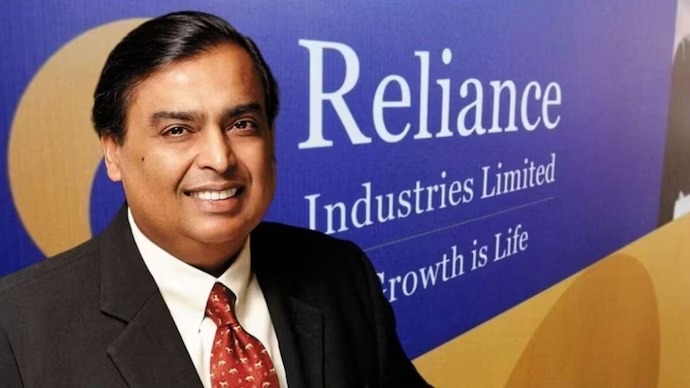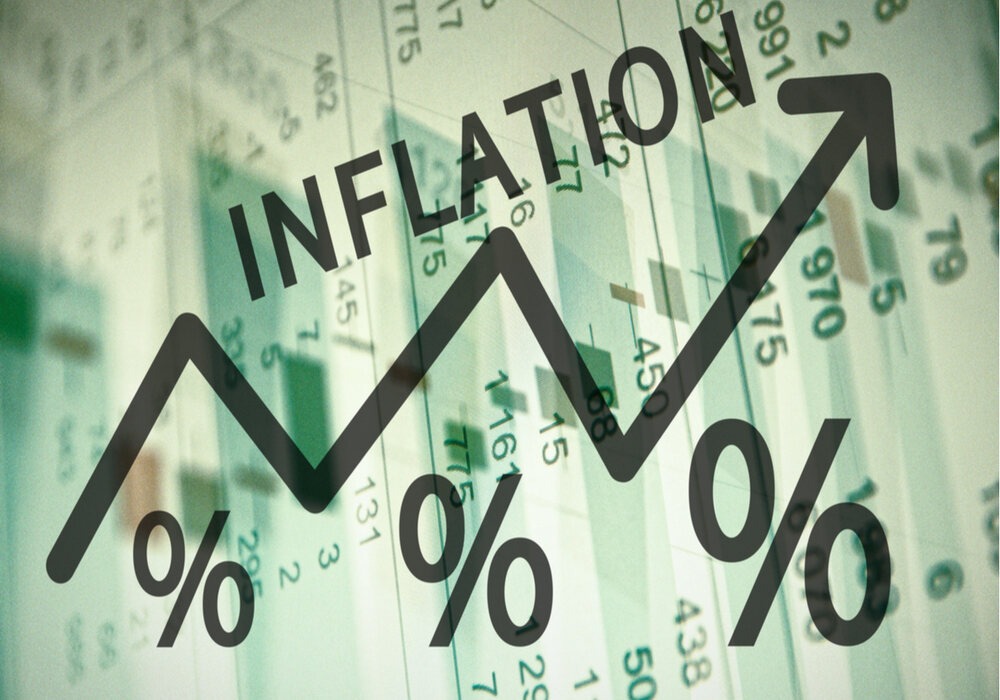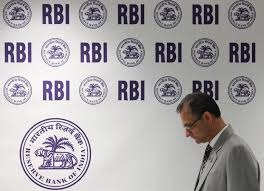
Follow WOWNEWS 24x7 on:

India’s most valuable private sector company, Reliance Industries Limited (RIL), has found itself in the spotlight not only for strong business performance, but also for its surging debt levels. As of FY 2024–25, the Mukesh Ambani-led conglomerate is grappling with gross consolidated debt of Rs 3.47 lakh crore—a 7 percent increase from the previous year. Today’s analysis breaks down why this happened, even as the group continues to announce big profits and massive investments.
Key Highlights
Reliance’s gross debt rose 7 percent this year, reaching Rs 3.47 lakh crore.
Net debt stands at Rs 1.17 lakh crore after offsetting cash and liquid assets.
Strong profits reported in Q1, but shares dropped due to external shocks and ongoing capital expenditure.
Major capital investments continued in oil-to-chemicals, retail, digital services, and new energy segments.
Why Is Reliance’s Debt Rising?
Capital-Intensive Expansion
Reliance’s ambitions extend across multiple sectors—refining, petrochemicals, retail, digital, and most recently, renewable energy. In FY25, the company spent Rs 1.31 lakh crore on capital expenditures for new energy, retail store expansion, factory assets, and bolstering O2C (Oil-to-Chemicals) businesses. Such aggressive growth strategies demand significant funding, resulting in mounting debt.
Transformation and Diversification
Mukesh Ambani’s vision for Reliance includes pivoting into future industries, notably telecom with Jio and clean energy. The telecom sector has required large capital infusions to maintain its technology leadership. In retail, expanding physical stores and digital platforms has involved major financial commitments. These investments, while boosting long-term earnings, mean the company carries large loan obligations.
Global, Geopolitical, and Market Pressures
Reliance imports crude oil for its Jamnagar refinery—a key profit center using cheap Russian oil. Recently, US tariff threats on Russian oil disrupted this model, introducing risk and impacting investor sentiment. Shares dipped 7 percent in the last month as Reliance faced uncertainty in sourcing affordable crude, impacting short-term financial performance.
Earnings and Cash Management
Despite strong revenue (Rs 5.57 lakh crore standalone), EBITDA dropped 14.2 percent year-on-year as global market instability squeezed margins and raised financing costs. Reliance’s internal cash flow supported required investments, but was not enough to avoid net debt, given high capital expenditures and falling margins in oil-to-chemicals.
Sectoral Headwinds and Competitive Pressures
Jio’s subscriber base declined, affecting telecom profitability. Meanwhile, retail remained flat, losing momentum in groceries, fashion, and digital commerce amid fierce competition.
Implications for Investors
The company maintains an investment-grade credit rating and stable financial health, leveraging profits and cash flow for expansion.
Reliance’s debt is a calculated risk, taken in anticipation of higher future returns brought by market leadership in diversified sectors.
Stock price corrections and market cap dips reflect current volatility but could recover as Reliance adapts to changing market conditions and geopolitical factors.
Looking Forward
Reliance aims to reap the rewards of multiple years of expansion across telecom, retail, green energy, and refining. Mukesh Ambani continues to steer capital deployment into next-gen opportunities even as debt rises. If global conditions stabilize, oil imports normalize, and new businesses grow, Reliance’s substantial investments may pay off, improving both debt ratios and shareholder returns.
Source: investmentguruindia.com, newkerala.com, indiacsr.in, Economic Times




